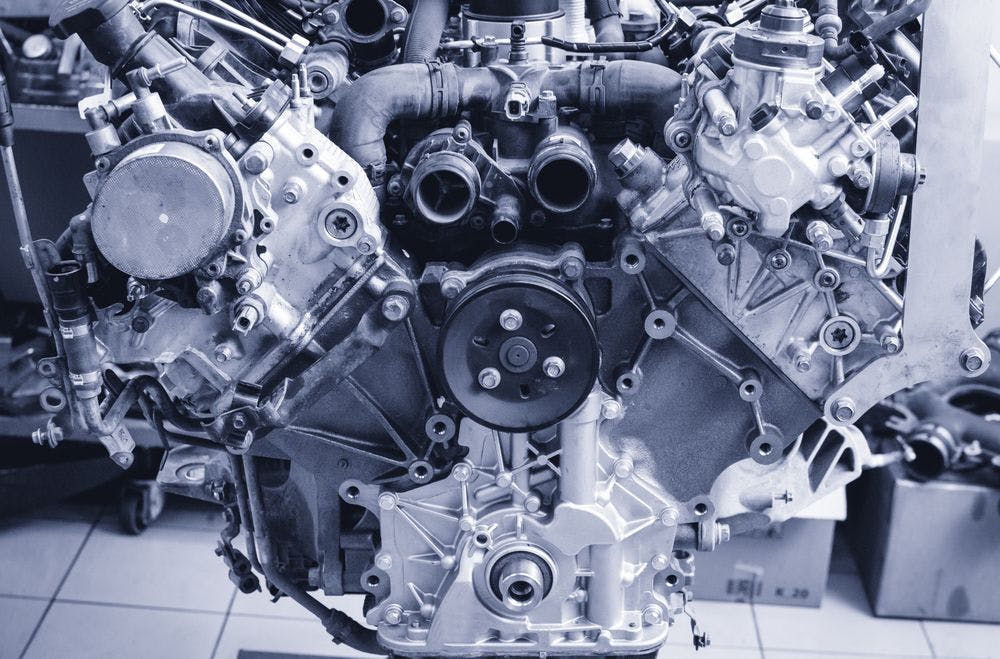
Decoding Engine Rebuilding: A Step-by-Step Breakdown
Overview
Demystify the process of engine rebuilding with our step-by-step guide. Understand its significance and how it can extend the life of your engine.
Welcome to the second installment of our series, "Navigating Engine Repair and Rebuilding." In this article, we will unpack the intricate process of engine rebuilding, providing you with a step-by-step guide that demystifies what's involved.
Understanding Engine Rebuilding
Engine rebuilding involves restoring an engine to a like-new condition by either repairing or replacing major components. This process is typically undertaken when an engine has significant wear or damage that cannot be resolved with simple repairs.
The Step-by-Step Process of Engine Rebuilding
1. Engine Removal and Disassembly: The first step in the rebuilding process is to remove the engine from the vehicle. Once it's out, the engine is completely disassembled. Every part is removed, inspected, and cleaned. This includes the cylinder heads, the timing chain, the pistons, the crankshaft, and all other components.
2. Inspection of Components: After disassembly, each component is thoroughly inspected. This helps determine which parts are still functional, which need repairs, and which need to be replaced. Specialized tools are often used for this process to measure wear and tear.
3. Replacement or Repair of Components: Post inspection, the repair or replacement of engine components begins. All damaged or worn out parts are replaced with new ones. In some cases, certain parts might be repaired, such as resurfacing the cylinder heads or realigning the connecting rods.
4. Engine Block Reconditioning: The engine block is reconditioned to restore its efficiency. This process usually involves honing the cylinders, resurfacing the block deck, and checking for any cracks or other damages.
5. Reassembly of the Engine: Once all the components are repaired, replaced, or reconditioned, the engine is carefully reassembled. Each part is put back in its place, following the exact specifications of the engine manufacturer.
6. Testing: The last step in engine rebuilding is testing. The rebuilt engine is installed in the vehicle, and several tests are performed. These tests ensure that the engine is running smoothly and meeting all performance standards.
Why Opt for Engine Rebuilding?
Engine rebuilding can be a viable option for many reasons. It can significantly extend the life of the vehicle, improve engine performance, and be a cost-effective alternative to engine replacement, especially for classic or high-value vehicles.
The Importance of a Skilled Professional
Engine rebuilding is a complex process that requires a high level of skill and knowledge. It is crucial to have a professional mechanic or a trusted engine rebuilding service handle this task. They have the training, experience, and tools necessary to perform the job accurately.
Conclusion
Understanding the process of engine rebuilding can be beneficial for truck drivers, owners, and fleet managers. While it's a complex task, when done correctly, it can breathe new life into an engine, enhancing its performance and extending its life.
About This Series
This article is part of our comprehensive series titled Engine Repair vs. Engine Rebuilding, where we dive deep into the world of diesel engine maintenance. We aim to guide fleet managers, truck owners, and drivers in making informed decisions about their big-rig truck's engine.
Previous Article: Read our previous article on Understanding the Basics: What Does Engine Repair Really Mean?
Next Article: Ready to move forward? Check out our next article: Repair or Rebuild: Key Factors to Consider
Join us as we explore each aspect of engine repair and rebuilding, aiming to provide you with the knowledge you need to maintain your diesel engine effectively.
Opening Hours
Weekdays: 9.00am-6:00pm
Saturday, Sunday: Closed
© Advanced Diesel Technology LLC, All Rights Reserved 2023
Powered By: Total Care Websites